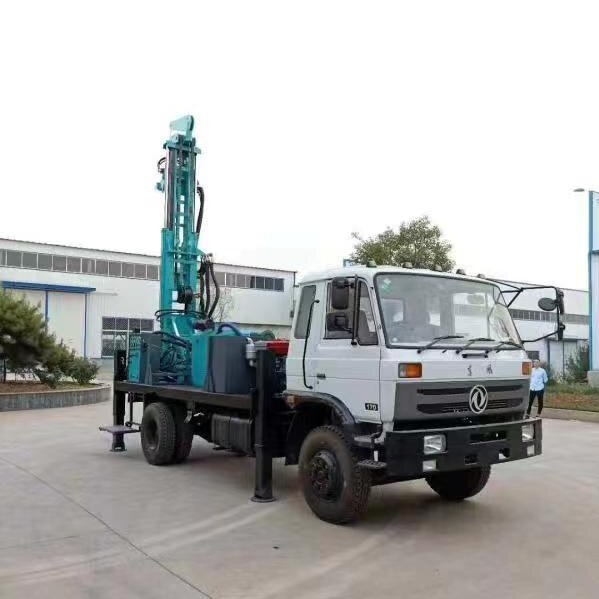1. Piston well washing
This is a traditional method of well washing, through the piston in the tube up and down movement, repeatedly caused by the violent hydraulic impact, so that the well wall mud skin flushed down and with the thick mud in the well and part of the washing sand together with the well out of the well, to achieve the purpose of washing.2. Pumping and washing
The silt and sand in the bottom of the well are taken out of the well by pumping, and the cycle is repeated until the dirty water and sand in the bottom of the well are pumped clean.
3. Water injection washing
3. Water injection washing
Water injection well washing is divided into positive washing and reverse washing, the water will be injected into the casing by the tubing to return such a positive cycle of washing method is called positive washing, and vice versa is reverse washing, the purpose is to rinse out the dirt that has existed for a long time in the well wall, the wellbore, and the bottom of the well.
4. Combined washing
4. Combined washing
Combined well washing adopts the mode of brushing and washing at the same time, utilizing the equipment to spray water out to violently impact the well wall, well bottom, and other places that need to be cleaned, and then through the method of water injection and pumping for cleaning.
5. Air compressor washing
The air duct and drain pipe of the air compressor are sent to the bottom of the well, and the air is directly sent to the well, so that the water runs up and down in the well, and violently impacts the bottom of the well, the wall and the mouth of the well, as well as the various locations in the well that need to be washed, so as to achieve the purpose of washing the well of deep wells.
6. Pumping water to wash the well
5. Air compressor washing
The air duct and drain pipe of the air compressor are sent to the bottom of the well, and the air is directly sent to the well, so that the water runs up and down in the well, and violently impacts the bottom of the well, the wall and the mouth of the well, as well as the various locations in the well that need to be washed, so as to achieve the purpose of washing the well of deep wells.
6. Pumping water to wash the well
This method is basically the same as pumping water to wash the well, but with the help of the power of the pump, the water will be pressed into the hole, through the hole of the punch, the use of high-pressure water jets will be sprayed out of the role of the water to destroy the good wall mud skin, to achieve the effect of deep well washing.
The above methods can also be used in combination with each other due to various reasons such as different environments and well conditions when washing wells.If you don't know how to choose the right water well drilling rig, click the link below to contact our professional team directly.
Contact us
Contact us

Comments
Post a Comment